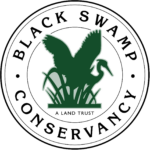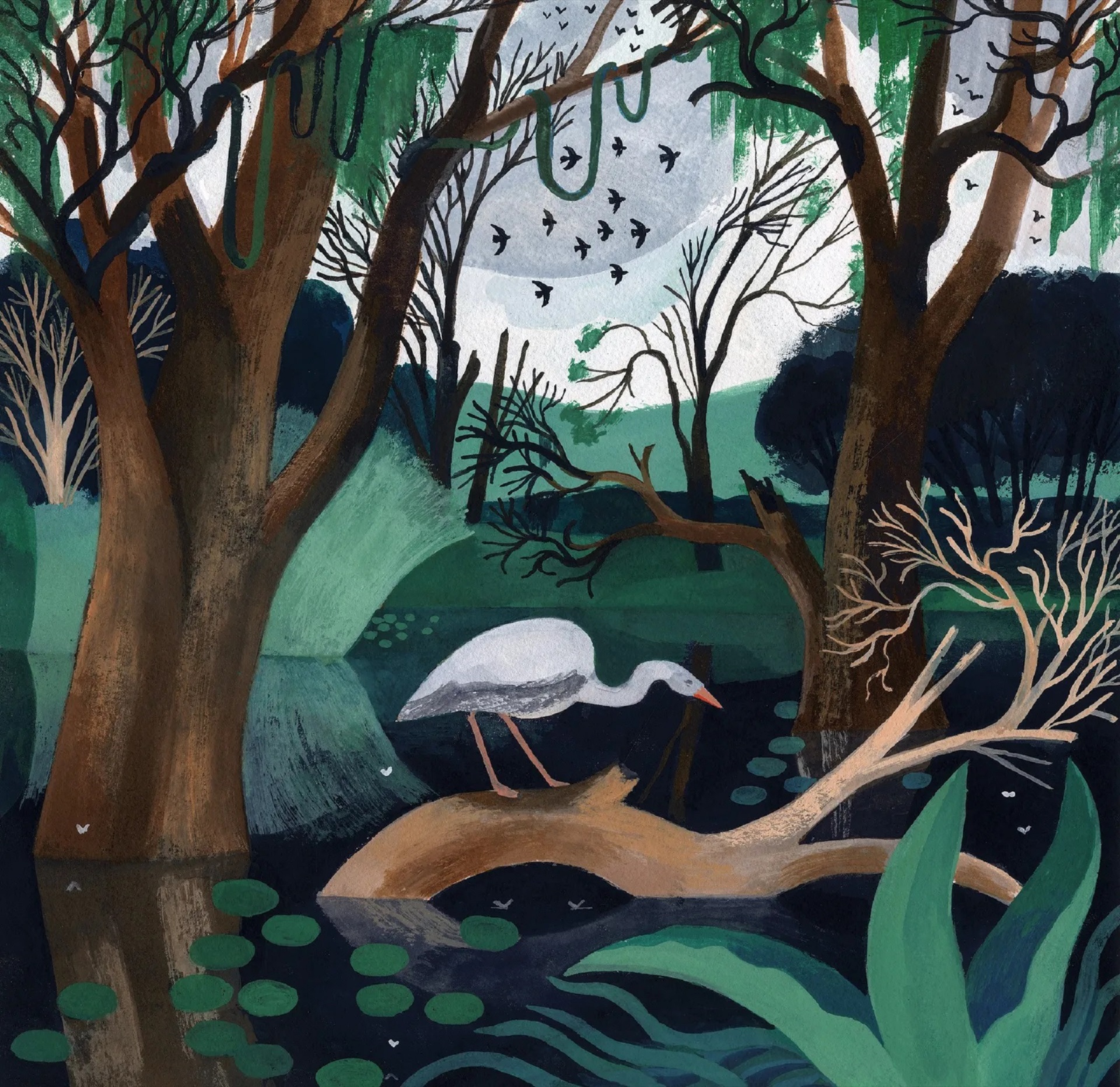Historical accounts of swamps are rarely kind. Their still waters were a breeding ground for disease-carrying mosquitoes. Swamp land also made travel difficult and prevented agricultural pursuits and commercial development.
The Great Black Swamp formed more than 11,000 years ago at the end of the Wisconsin Glacial Episode, the most recent glacial movement in North America. The first settlers in this area arrived about 9,200 years later, and organized efforts to drain the swamp began in the 1850s.
Swamp draining projects weren’t just happening in this region, either. The Swamp Land Acts of 1849 -1860 gave more than 60 million acres of federal wetlands to state governments, which sold off parcels (cheaply) to those who would drain and fill the soggy areas to make them suitable for agricultural production, infrastructure installation and commercial development. By the 1980s, more than 53% of wetlands in the lower 48 United States were gone. In Ohio, drainage projects were so prolific that we lost 90% of our wetlands – from 960,000 acres to 96,000 acres – in just 130 years.
What we know today is that wetlands provide habitat that supports species diversity. Wetlands also help clean up polluted water, reduce flooding and drought, provide a sink for greenhouse gases, storing carbon and preventing it from entering the atmosphere, and much more.
In a recent piece for The New Yorker, American author and journalist Annie Proulx penned a Thoreauvian love letter to swampy places.
She celebrates soggy menageries, sharing excerpts from other works and tales of her own wetland adventures. She laments the collective shortsightedness of the pro-drainage movement and asks if we can learn to love our swamps.
Proulx devotes a portion of the piece to the history of the Great Black Swamp region and mentions the work Black Swamp Conservancy is doing to restore and protect remnants. We echo her words.
“… once a few interested people put on their boots and go into the damaged wetland, and once their curiosity is aroused about how the water moves, and what plants, amphibians, and birds formerly thrived in their local remnant swamp, they are hard to stop. There is unequalled joy in restoration… For conservationists the world over, finding this joy is central to having a life well lived.”


